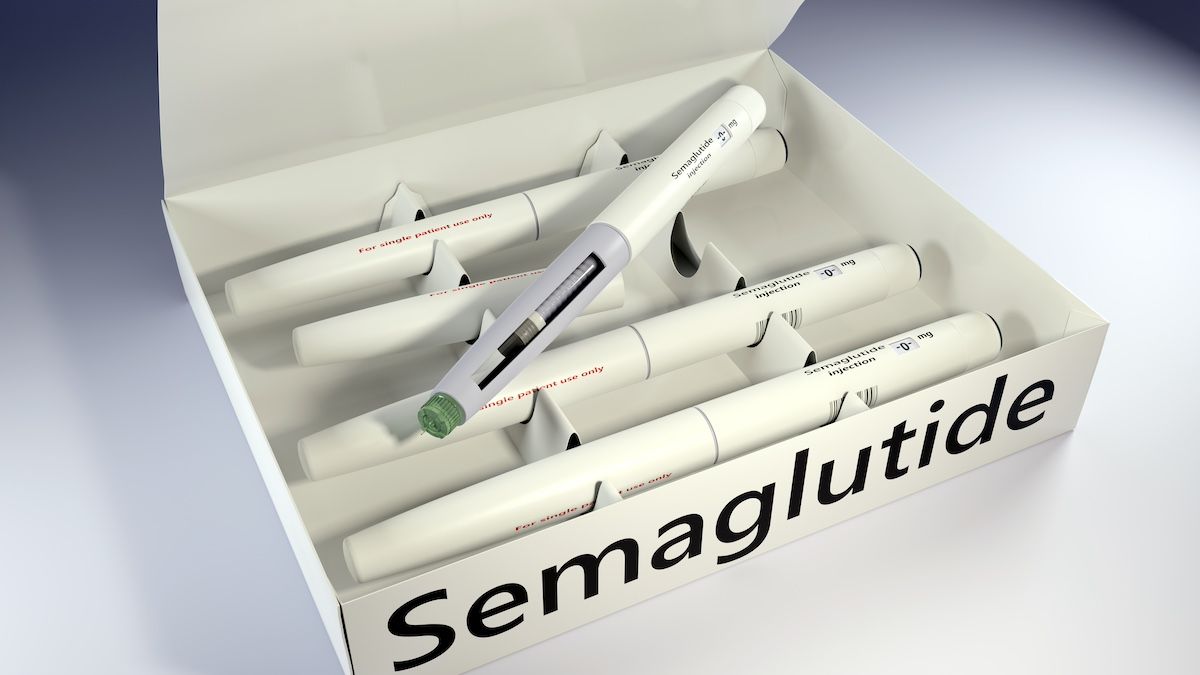Article
Survey of Commercial Health Plans Finds Few Give Biosimilars Preferred Status
Author(s):
Compared with use of originator products, use of biosimilars in the United States is apparently still not a priority of commercial health plans, according to the results of a recent JAMA study.
US health plans selected biosimilars as the preferred drug just 14% of the time, according to a study looking at 1 month in 2019. The study, from the Center for the Evaluation of Value and Risk in Health, Tufts Medical Center, also found that coverage of biosimilars varied across plans, and may have been the result of pharmaceutical rebates.
The researchers identified biosimilar coverage polices from the Tufts Medical Center Specialty Drug Evidence and Coverage (SPEC) database. The database includes specialty drug coverage decisions covering approximately 60% of commercially covered lives issued by 17 of the largest US commercial health plans with publicly accessible data.
The cost of specialty drugs and biologics is a rising concern for payers and employers as they are used with more frequency. With more biosimilar uptake in the United States the hope is that drug spending in the specialty drug/biologic category will decrease; a 2018 report from RAND, for instance, projected that biosimilars could reduce direct spending on biologic drugs by $54 billion from 2017 to 2026.
However, compared with use of originator products, use of biosimilars in the United States is apparently still not a priority of commercial health plans, according to the results of this report, published in JAMA.
The study looked at coverage decisions for all FDA-approved biosimilars available in August 2019. The SPEC database separates each drug-indication pair separately, so a biosimilar that is indicated for multiple cancers will note a separate coverage decision for each one.
The authors defined “preferred” status as when the plan required that patients try a biosimilar before the reference product. “Nonpreferred” meant that the plan required the patient to use the reference product before the biosimilar. “On par” meant that there was no difference or priority between the 2 types.
The report analyzed 40 drug-indication pairs involving 9 biosimilars. Of the 535 decisions issued by plans, 14% preferred use of the biosimilar preferred coverage. Most—53%—had on par coverage while 33% preferred use of the reference product first and placed the biosimilar in the nonprefered coverage.
Plans varied in how payers they covered biosimilars. Two of the plans covered biosimilars as preferred products in 50% or more of their decisions. Two health plans always covered biosimilars and reference products with no preferences.
There was also variation in decisions regarding types of biosimilars. “Reasons for this variation are unknown but may include more successful negotiation of rebates at some plans than others,” the authors said, noting that rebate agreements are not public.
“The slow uptake of biosimilars in the US has been attributed to factors such as patent disputes and reference product manufacturer tactics to delay biosimilar market entry. This study suggests that a lack of preferred coverage among health plans may also be delaying uptake,” they wrote.
The study did have some limitations, such as knowledge of the appeals process for coverage denials as well as benefit design, including patient cost-sharing.
Reference
Chambers JD, Lai RC, Margaretos NM, Panzer AD, Cohen JT, Neumann PJ. Coverage for biosimilars vs reference products among US commercial health plans. JAMA. 2020;19;323(19):1972-1973. doi:10.1001/jama.2020.2229





